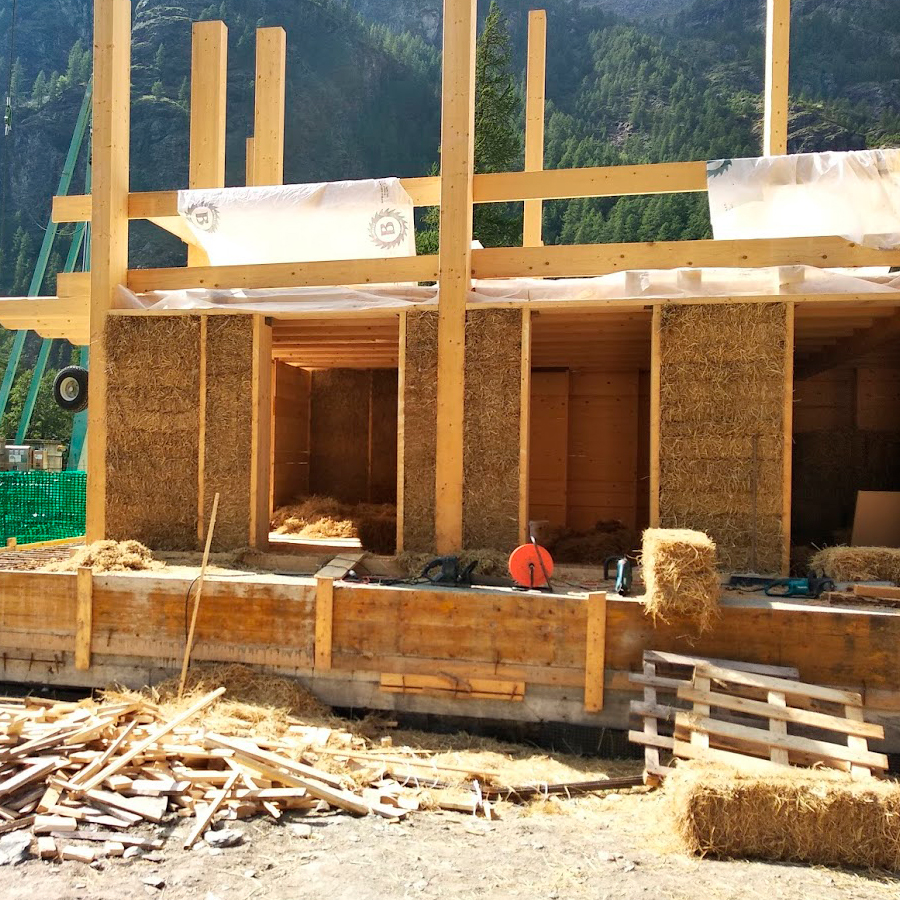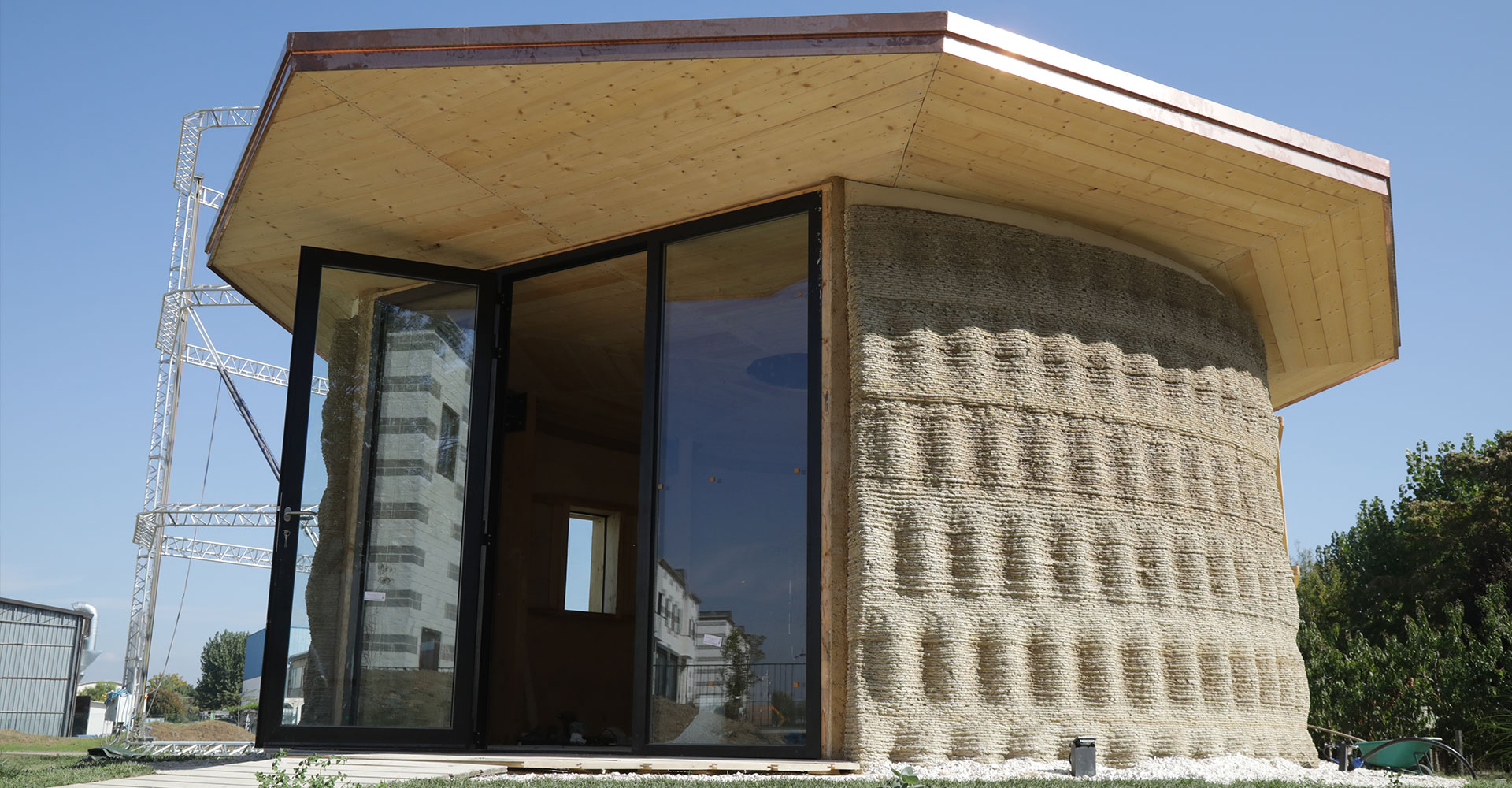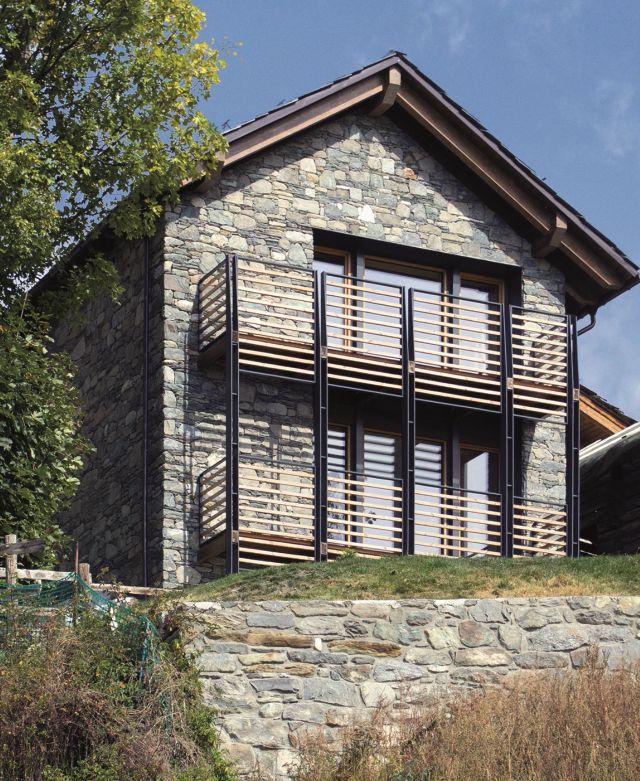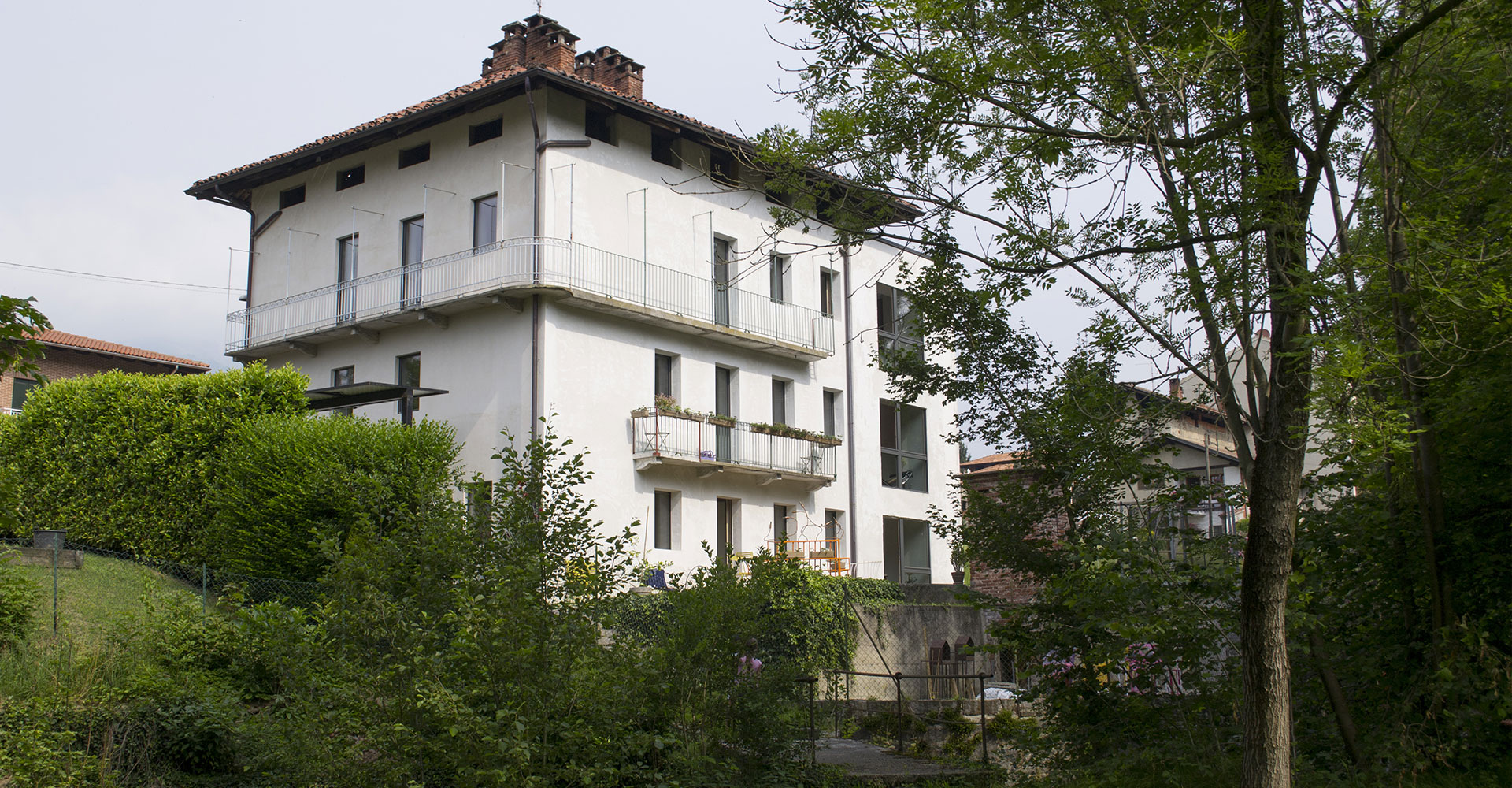Going from nature to architecture, without producing waste, focusing on man as the centre of an industrial process that is as sustainable as possible.
Going from nature to architecture, without producing waste, focusing on man as the centre of an industrial process that is as sustainable as possible.
Every primary agricultural production is associated to a considerable amount of secondary product, which is mostly unused and destined for disposal; even though, considering the production waste, the intrinsic market value of this material is potentially higher than its management and treatment cost.
The huge potential of what is ‘left in the field’ can be exploited by developing concrete and feasible solutions, with a focus on turning agricultural by-products into a resource and a store of clean energy for the benefit of communities with regard to socio-economic and sustainable development.
The re-use of rice husks, straw and clay outlines a new process of rural development in the most fragile territories.


Preserving these areas active means keeping closed on the territory a few main pivotal elements: people, resources, knowledge, and know-how. They can be considered the socio-economic upturn
The aim is to harmonize the local system by centralizing the aspects of harvesting, storage and logistics. This process of outlining a production chain begins managing raw materials and reducing supply disruption steps, in order to set the activities sufficiently consistent and continuous to ensure the industrial application.
It is a production process that protects primary productions and environmental resources, while protecting the interests and profits of the various entities involved.
This ‘supply chain’ model, that gets around rice production, involves all the players in the chain, which are fundamental to the social and economic composition.





